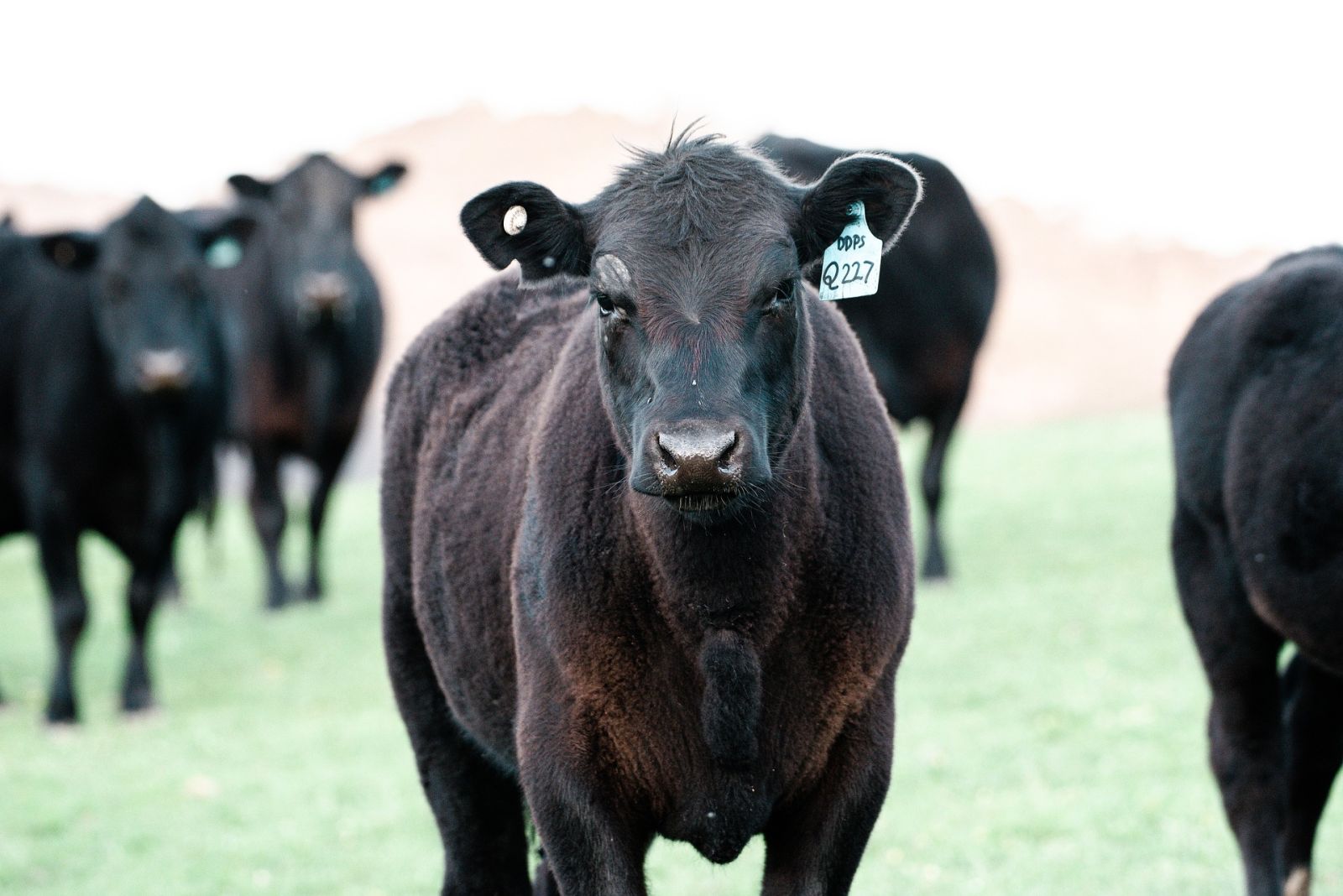|
|
|
|
LeRoy Coop
Departments
Cash Bids
Market Data
News
Ag Commentary
Weather
Resources
|
Shootin' the Bull about further rationing.
“Shootin’ The Bull”by Christopher B. Swift5/8/2025 Live Cattle: Futures traders continue to have little regard for pushing any futures contract remotely close to the current cash trade. At the exact same time, futures traders are more than willing to trade this years contract months even, if not premium, to the index. This continues to produce a profit margin solely dependent upon the ever rising price of fat cattle. High prices ration participants within every sector of production and processing. This has caused significant manipulation in production and processing in the attempt to find margin. Unfortunately, the extensive gains on one side are extensive losses to the other. Manipulation and extent of capital expenditure leads me to expect either voluntary, or forced contraction of production and processing capacity. With today's price events, I believe this will come sooner, than later. Until then, futures traders seem reluctant to offer any sort of narrowing of basis, so cattle feeders will continue to see input costs of feeders rise, with no way to offset the higher price in the futures.
Feeder Cattle: The rationing is believed starting to make a small impact with comments heard this week. Holding off for a better price, or simply this being their last rodeo, producers are having to make decisions whether they want to or not. As above, the rationing of producers will be needed. If, and that is a big if, producers do begin to expand, and the complaints already of not enough cattle, will the price go to $400.00 or will there be some involuntary rationing? I don't know either, but the market is going to help you dictate that quicker than you think. If not continuing to participate, at some point, you will be completely left out. If you continue to participate, the risk is believed elevated of adverse price fluctuation, inherent in agricultural production. Dr. Peel mentioned this week that with early signs of a lower heifer slaughter rate, he was unsure if there would be any contraction in production with a thought that producers will attempt to hold on until inventory increases. In my minds eye, I don't expect producers to ever expand enough to cover production capacity as never has expansion brought the herd back to a previous level. As well, most cattlemen complained when there were too many cattle, as it has a tendency to make the price go down. Next, it is a very long time to hold out for 2 to 3 years for any increase of available inventory on the market. Struggling to maintain production at less than 100% for a year or two, with no telling what the inflation rate may do in the coming years, leads me to recommend you make some difficult decisions. Reducing capacity to the amount of inventory available will be difficult as it is believed that the Biden administration produced excessive production and processing capabilities through every government channel they could push the 6 trillion dollars through. At this point, in my minds eye, a higher price will simply ration more participants, eventually lowering demand for cattle. A lower price may cause a great deal of financial duress due to the increase in production and processing capabilities. I see few distinctions between the lower price of hogs creating excessive hardships on producers, culminating into vertical integration, and high cattle prices doing the same. The industry is changing as has been anticipated. Corn: Grains continue to be volatile in a narrow price range. Beans were able to stay plus on the day with December corn coming to within a dime of contract low. I recommended to own call options in the December contract to help fix variable input costs. This is a sales solicitation. Energy: Energy was sharply higher. I am hesitant to call this a reversal, but it sure is starting to feel that way. As there is no commodity inflation, barring cattle/beef, there is a tremendous amount or room for growth in other commodities. Energy is the one though that impacts consumer discretionary spending. Crude was just under $65.00 before it recently fell to $55.00. Now flirting with the $60.00 level again, if can close above, I would look for a test of the $65.00 level.
Bonds: Bonds were lower because inflation is high and not subsiding. Although most government reports exclude food and energy, due to their volatility, they still impact consumers whether the report reflects it or not. As well, with having to deal with all other sources of inflation, for which can't be managed, any commodity inflation, more so than beef, would be anticipated to cause a quick decline in consumer discretionary spending. Throw in that government spending dropped by 5.1% in the first quarter and it appears that the Trump administration is attempting to reel in inflation, but still has a long way to go. “This is intended to be or is in the nature of a solicitation.” Futures trading is not for everyone. The risk of loss in trading futures can be substantial; therefore, carefully consider whether such trading is suitable for you in light of your financial condition. Past performance is not indicative of future results, and there is no assurance that your trading experience will be similar to the past performance. This article contains syndicated content. We have not reviewed, approved, or endorsed the content, and may receive compensation for placement of the content on this site. For more information please view the Barchart Disclosure Policy here.
|
|
|